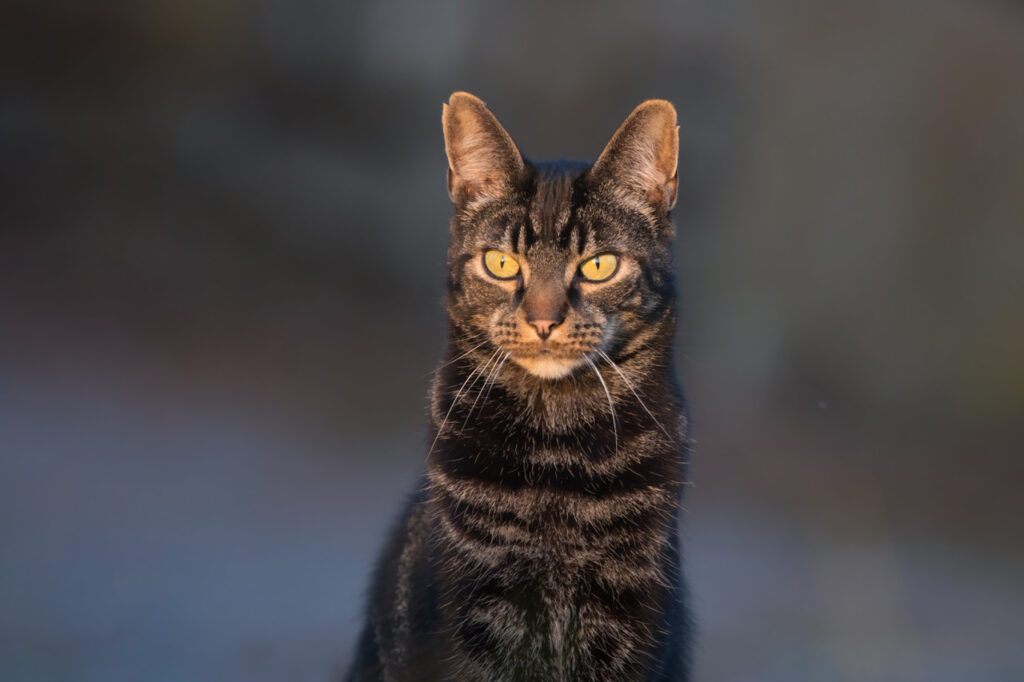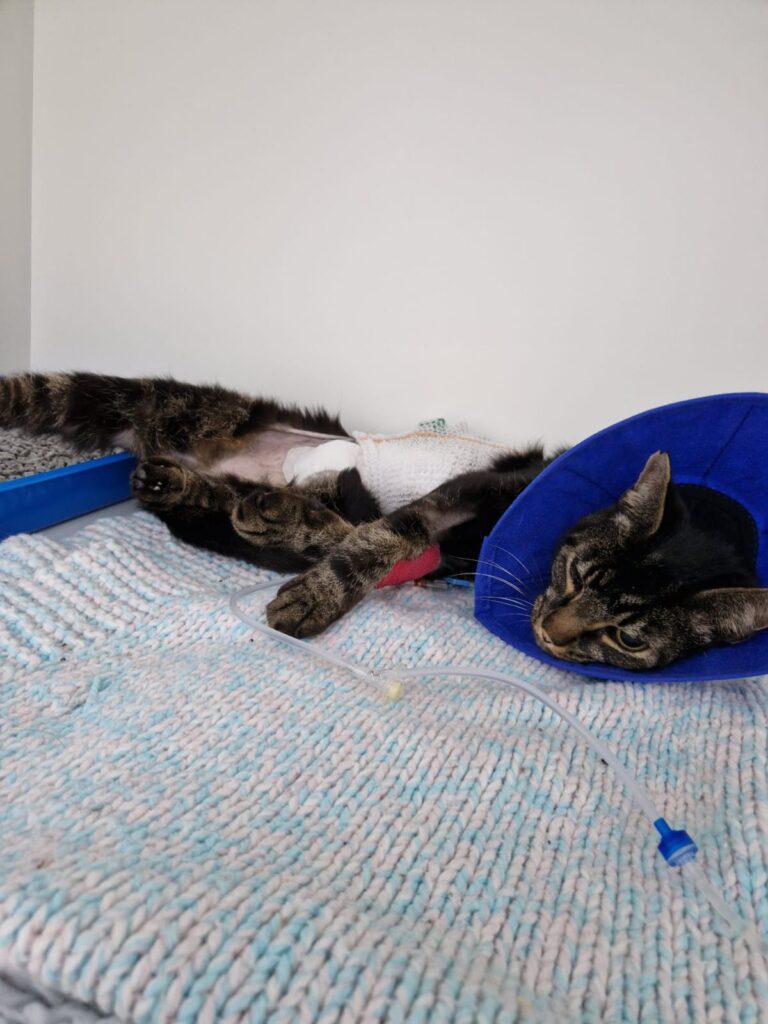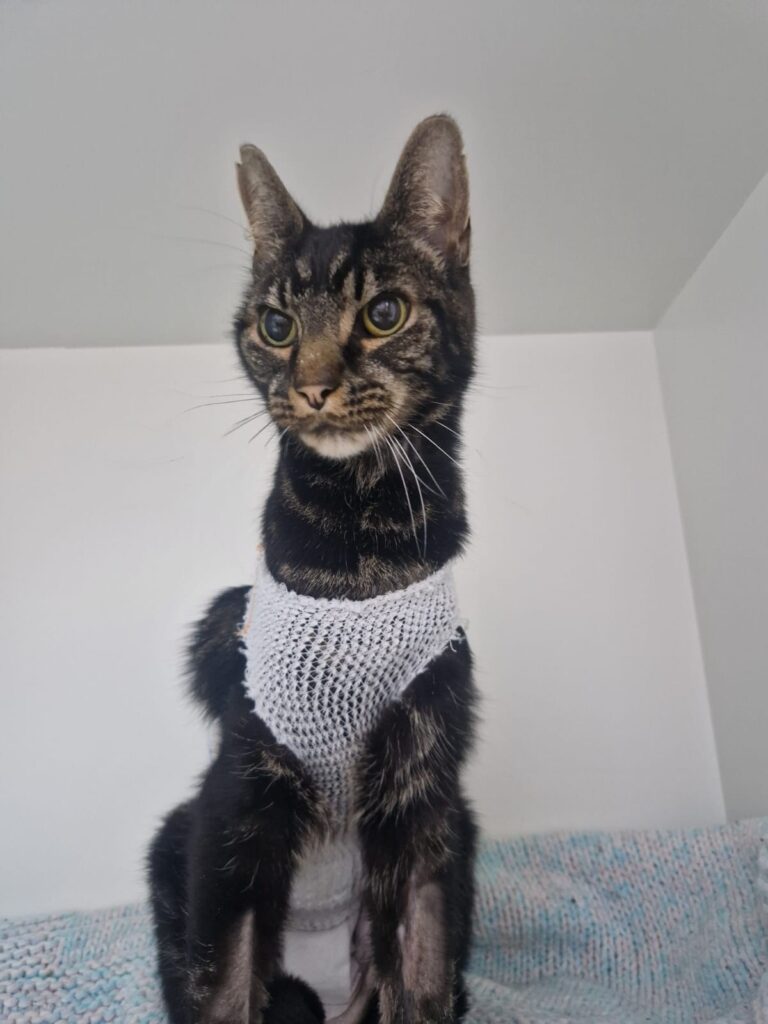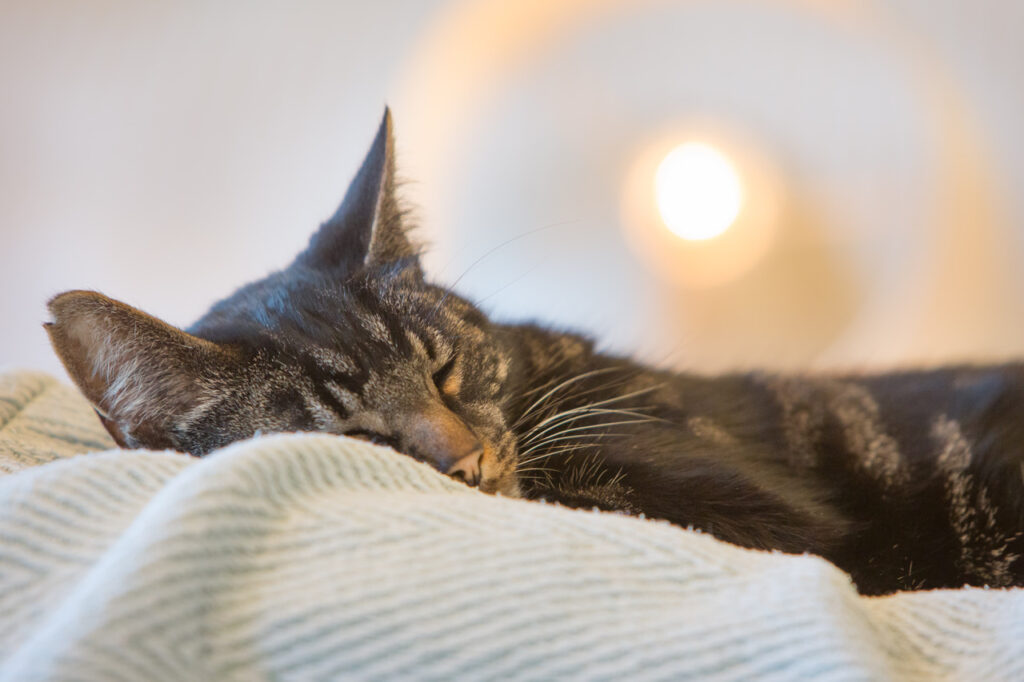Brave Pet of the Month…Monty!
Monty is a 12-year-old cat who came for a check-up at Hollybank Vets after he became lethargic and did not want to play or fight with his sister. He had also lost weight and been sick a few times.
During the examination, there were a couple of findings; pale gums, an abnormal feeling area in his abdomen and a heart murmur of long standing. It can be difficult to know how relevant each of these findings are in relation to the presenting problems so firstly, to follow up on the pale gums, we ran some blood and urinary tests. These showed no concerns in relation to the pale gums but did show some electrolyte changes and glucose in his urine.
One of the electrolyte changes was low potassium. A condition called Conn’s syndrome, also known as primary aldosteronism, presents with low potassium and can cause weakness and lethargy. As this was one of Monty’s clinical signs we explored it further. As the syndrome is also associated with a high blood pressure, Monty next had his blood pressure measured however this was normal!
As Monty’s symptoms couldn’t be explained by the initial tests, we elected to do further investigations and we booked an ultrasound specialist to come and scan Monty’s abdomen. This would also follow up on the abnormal feeling area in his abdomen. The ultrasound scan revealed that not all of Monty’s abdominal organs were in his abdomen where they should be, and some were now sitting in his chest! An X-ray showed that there was a diaphragmatic hernia or rupture present. This is where a hole in the muscle of the diaphragm has formed, which allows organs such as loops of the small intestine and the spleen to move through to the chest.
The diaphragmatic rupture was an unexpected finding as Monty was breathing normally. Usually, cats with abdominal contents in their chest would be dyspnoeic (have difficulty breathing) as there isn’t as much room for the lungs to expand. We suspected that this was the reason for Monty’s recent lethargy and his owner did recall him falling with some force when jumping onto the table at home, which could have been when the trauma happened. Possibly the hernia had been present for some time, but then the traumatic fall had caused some or more organs to move into the chest.
Monty needed surgery to repair his diaphragmatic rupture. As Monty had an unusual presentation it was possible that the closure may be complicated so our visiting soft tissue surgeon came to Hollybank to perform the surgery. Monty’s surgical repair went really well and the surgeon replaced the organs into his abdomen.
When the surgeon was able to see the ruptured muscle they could tell that it was a chronic injury, and this supported the theory that the rupture had been present for a while, but with the organs moving through to the chest more recently. The surgeon also placed a chest drain for Monty allowing us to remove any postoperative air and fluid build-up that may occur in his chest facilitating a smooth and comfortable recovery for him.
After waking up from surgery, Monty showed improvement, ate well, and seemed brighter than before. Monty stayed in the hospital for four days to receive the nursing care he needed which including management of his chest drain. Once his chest drain was removed he was sent home with pain relief to continue his recovery.
Monty is currently doing very well at home, back to causing trouble and fighting with his sister!




